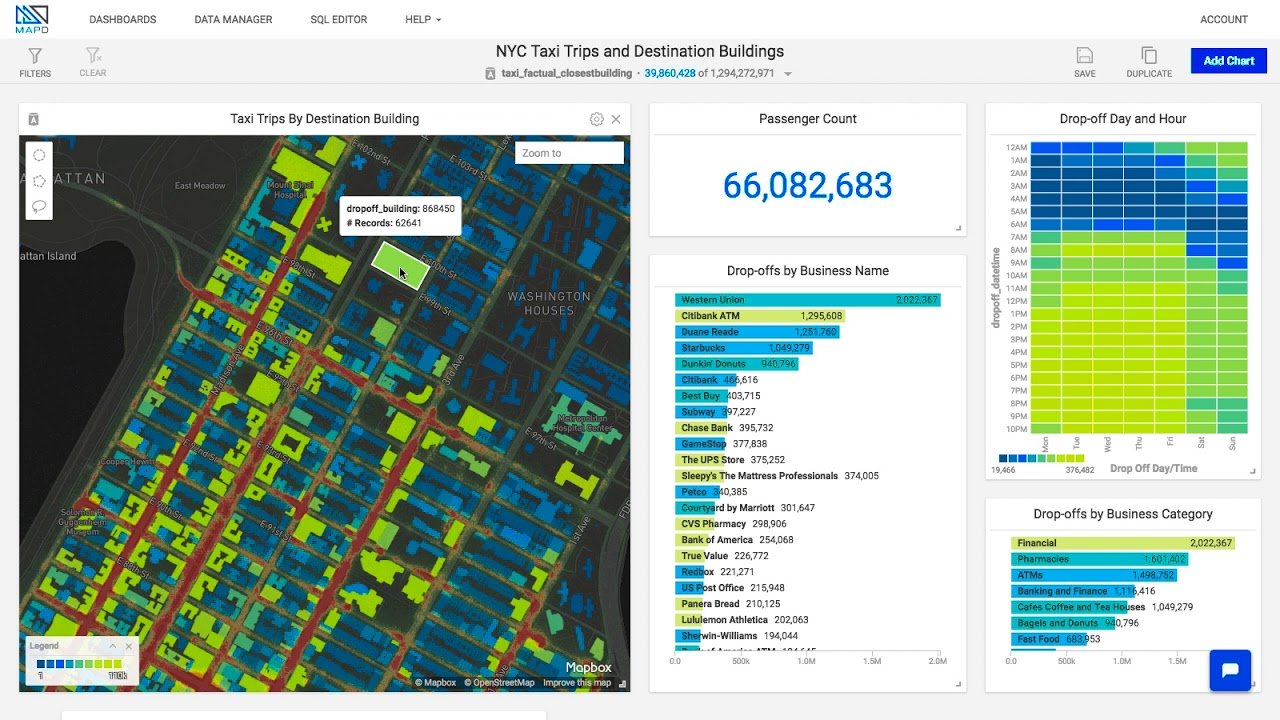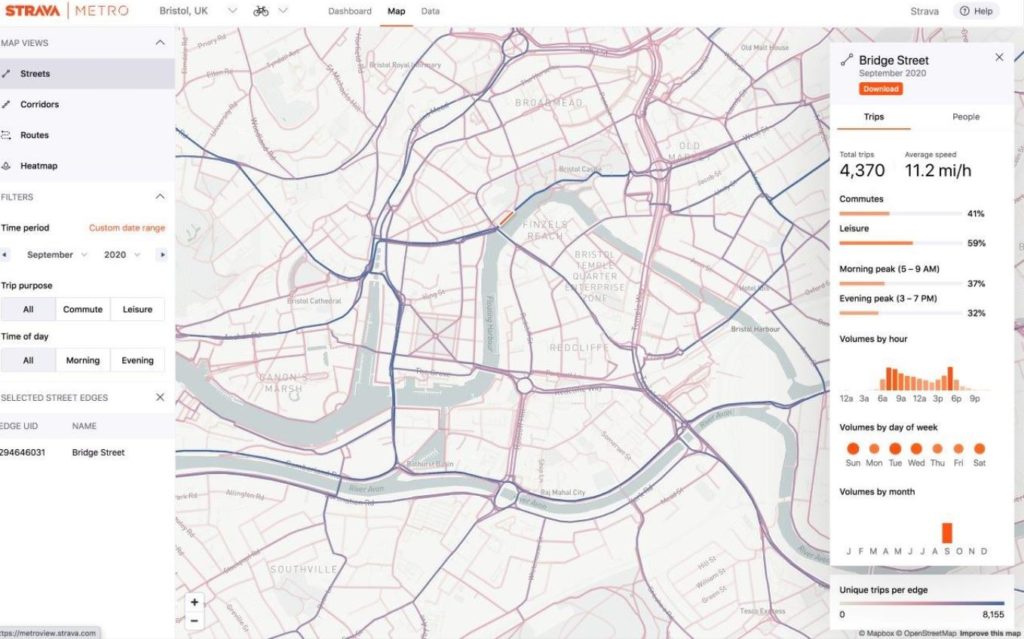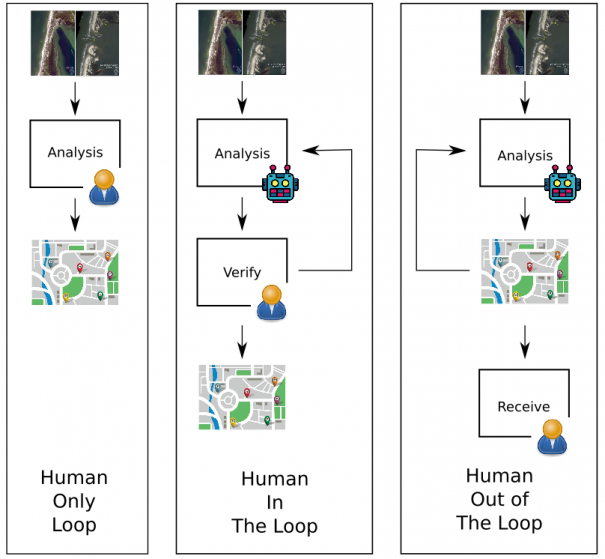Key Takeaways
- GeoINT agencies collect immense amounts of visual data that, traditionally, must be manually analyzed by humans.
- Automation, machine learning, and AI can help expedite workflows, but over-reliance on machines could diminish analysis quality. An automated eye in the sky can generate images of what’s on the ground, but an understanding of that image’s significance – tactically, economically, socially, or otherwise – is something that requires a human brain.
- Systems that balance human analysts and AI in a complimentary way retain the best of both automation and human cognition.
In 2017, Robert Cardillo, then Director of the National Geospatial-Intelligence Agency announced the NGA’s intention to automate 75% of its image analysis. In 2017 alone, that agency produced 12 million images and 50 million indexed observations, which required immense human work hours. A combination of artificial intelligence, augmentation, and automation was seen as a path toward saving time, money, and effort, while also increasing productivity and accuracy.
Clear benefits aside, automating geospatial intelligence is a more delicate balancing act than it might initially seem.
GeoINT is a discipline that divines meaning from data over time. An automated sweep of an image to run facial recognition is one thing, but repeatedly analyzing a space over time, while considering everything from economics and culture to architectural trends is something that requires human brains and their advanced, flexible cognitive abilities.

An example of GeoINT analysis with taxi trips and destinations in New York City. Image courtesy of OmniSci.
In our last post, we referenced how workout tracking app, Strava, pivots user data into useable information for city planners. Their data provides remarkable insights, in part, because it was generated by human users keenly interested in finding the ‘best’ routes through a given city. Analysts working on the data they generate know this, too, and it bolsters the value of their end-product.

An example of human-generated data in Strava Metro. Image courtesy of Cycling Industry News.
Rather than design systems of automation that seek to circumvent the human element – it is important to have human eyes and brains in the process as verifiers. As this excellent Trajectory Magazine article puts it, an ideal system would follow a ‘human-in-the-loop’ model of analysis.

A diagram showing the “Human-in-the-Loop” analysis model. Image courtesy of Trajectory.
Human cognition’s flexibility means our brains can process unexpected information or occurrences. Humans can divine context, see causal relationships inside a space, and draw information from seemingly disparate fields together to form a well-reasoned conclusion. We accrue expertise after experiences. On the other hand, human brains are subject to mental biases and distractibility. Machines, by contrast, can tirelessly perform repetitive tasks and find patterns with ease.
In short: leave the monotony to machines, and free human analysts up to handle the high-level analysis for which their brains are built.



